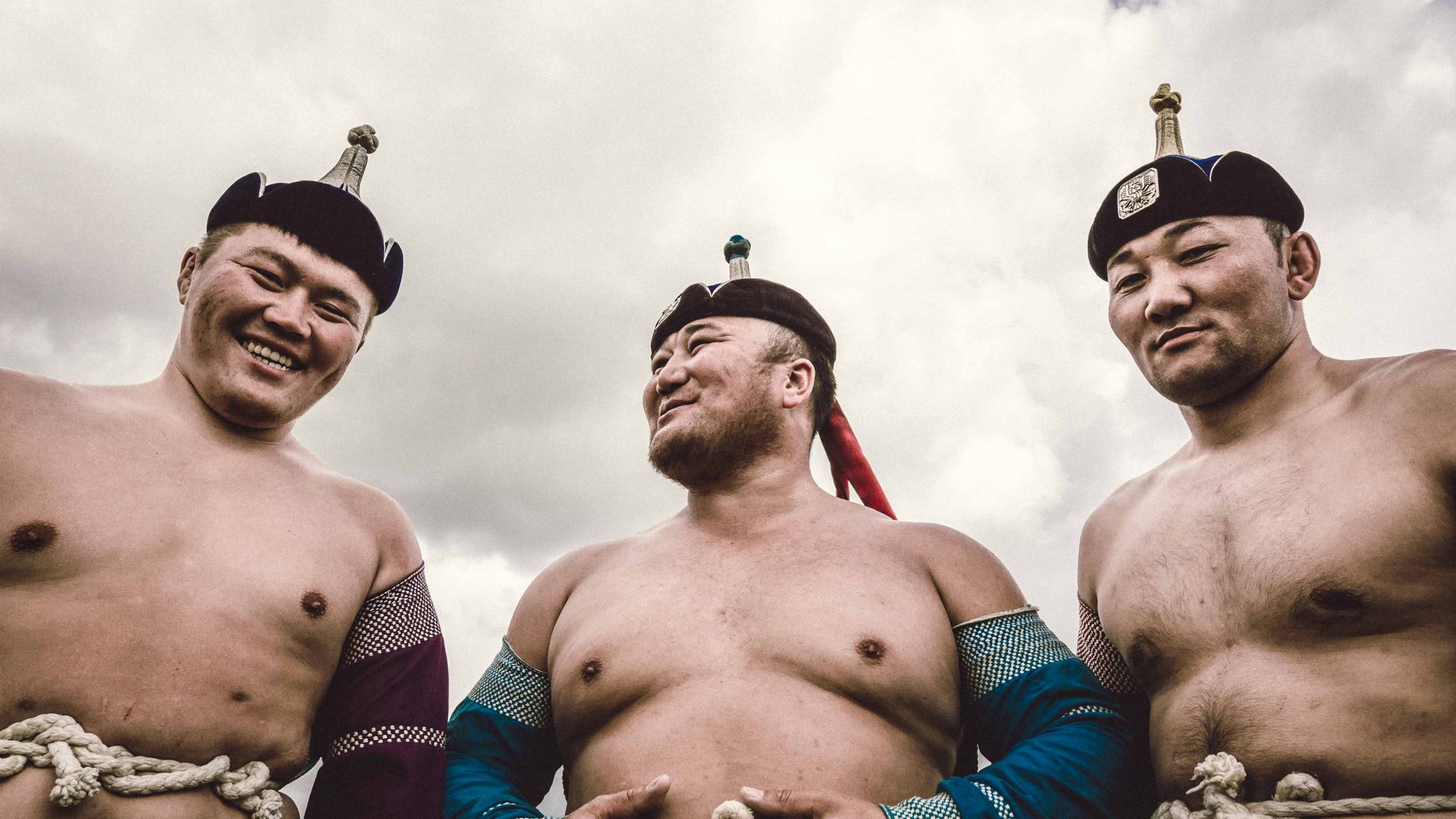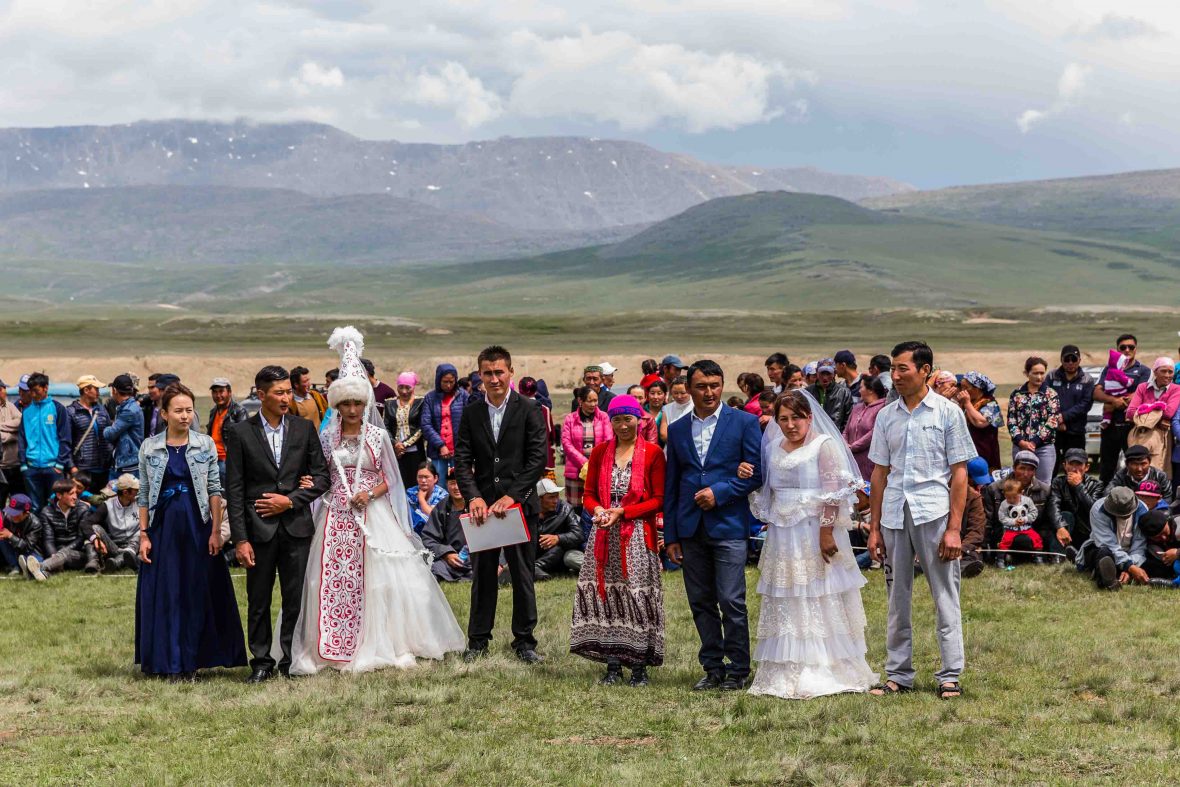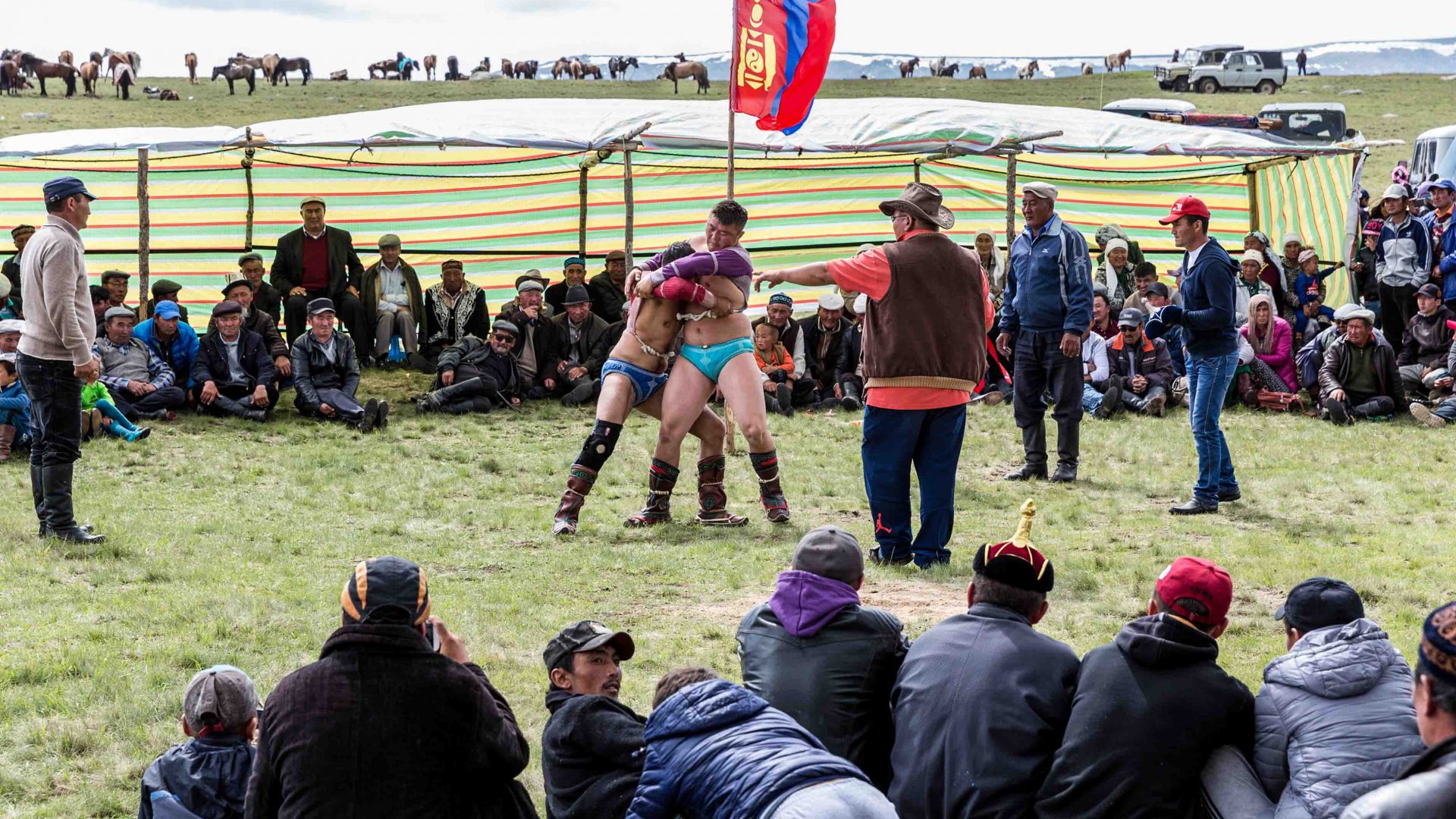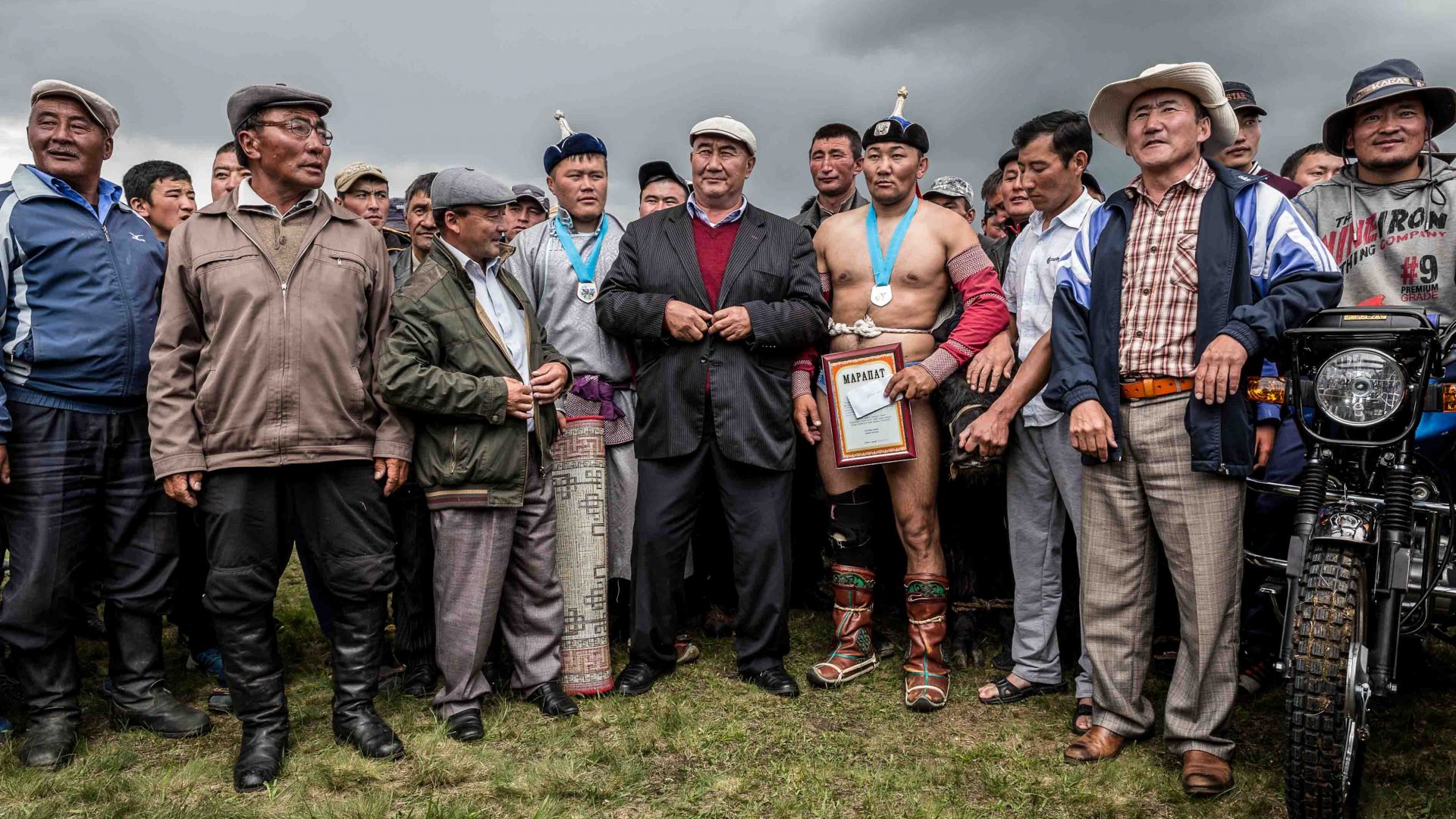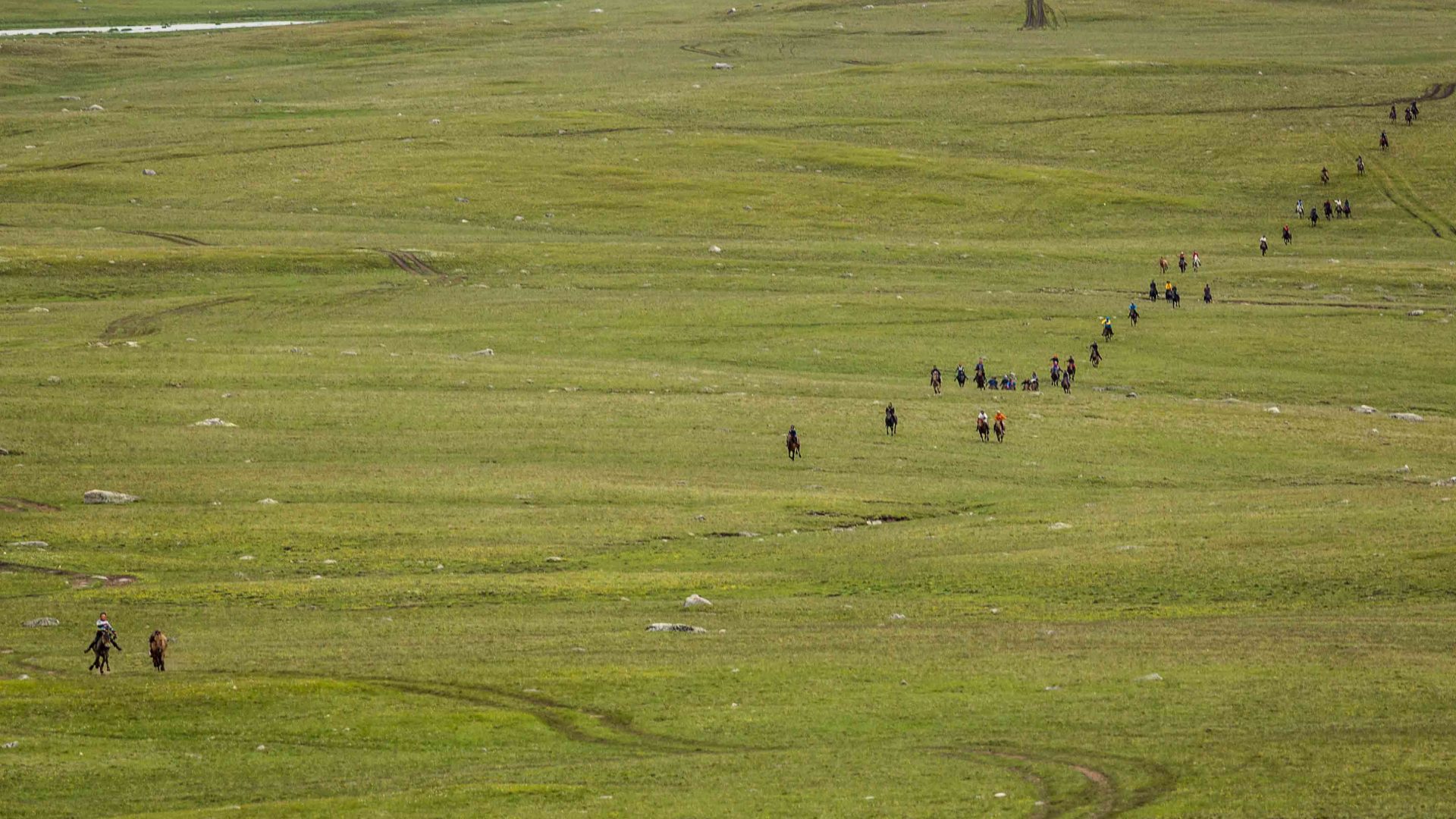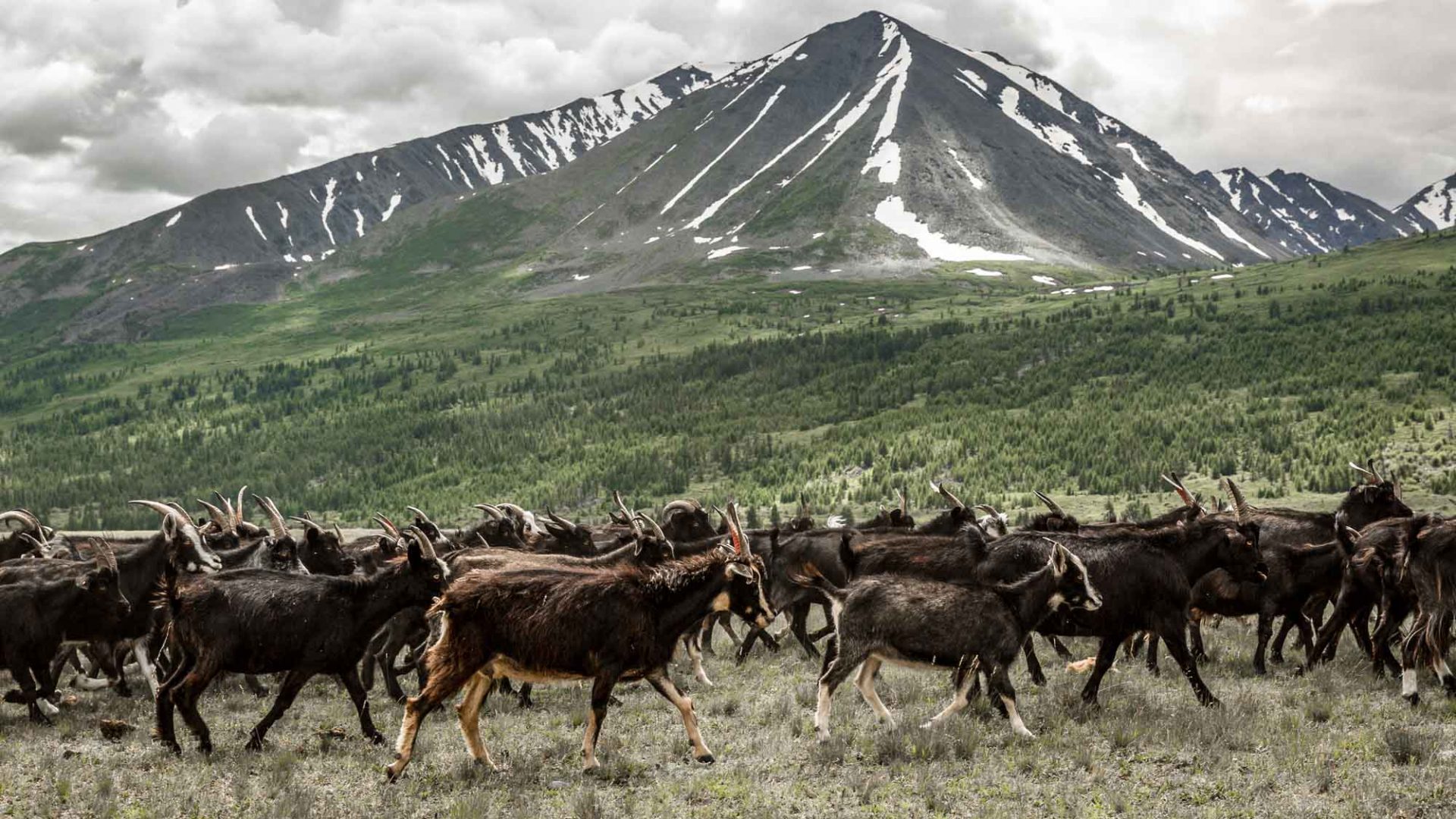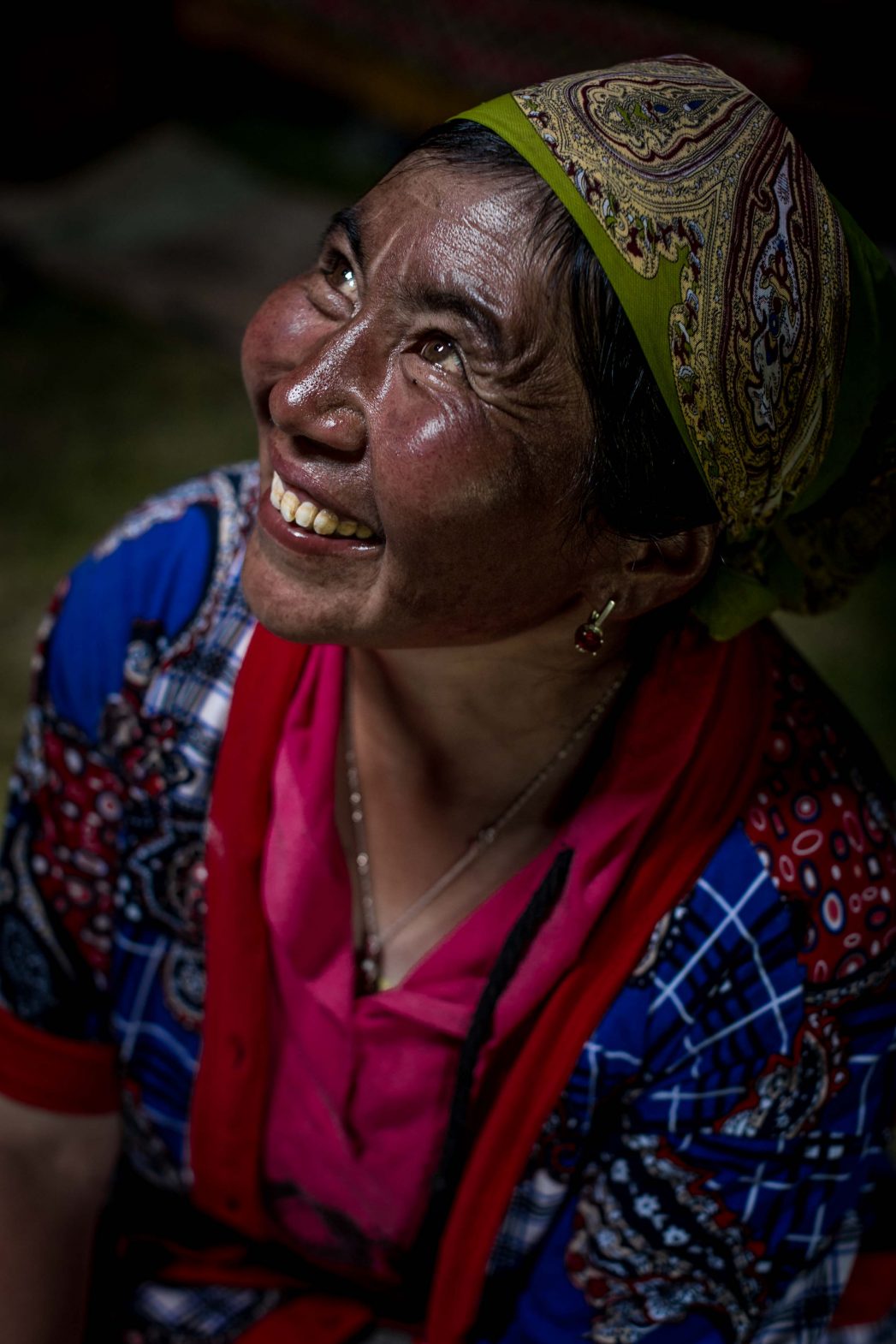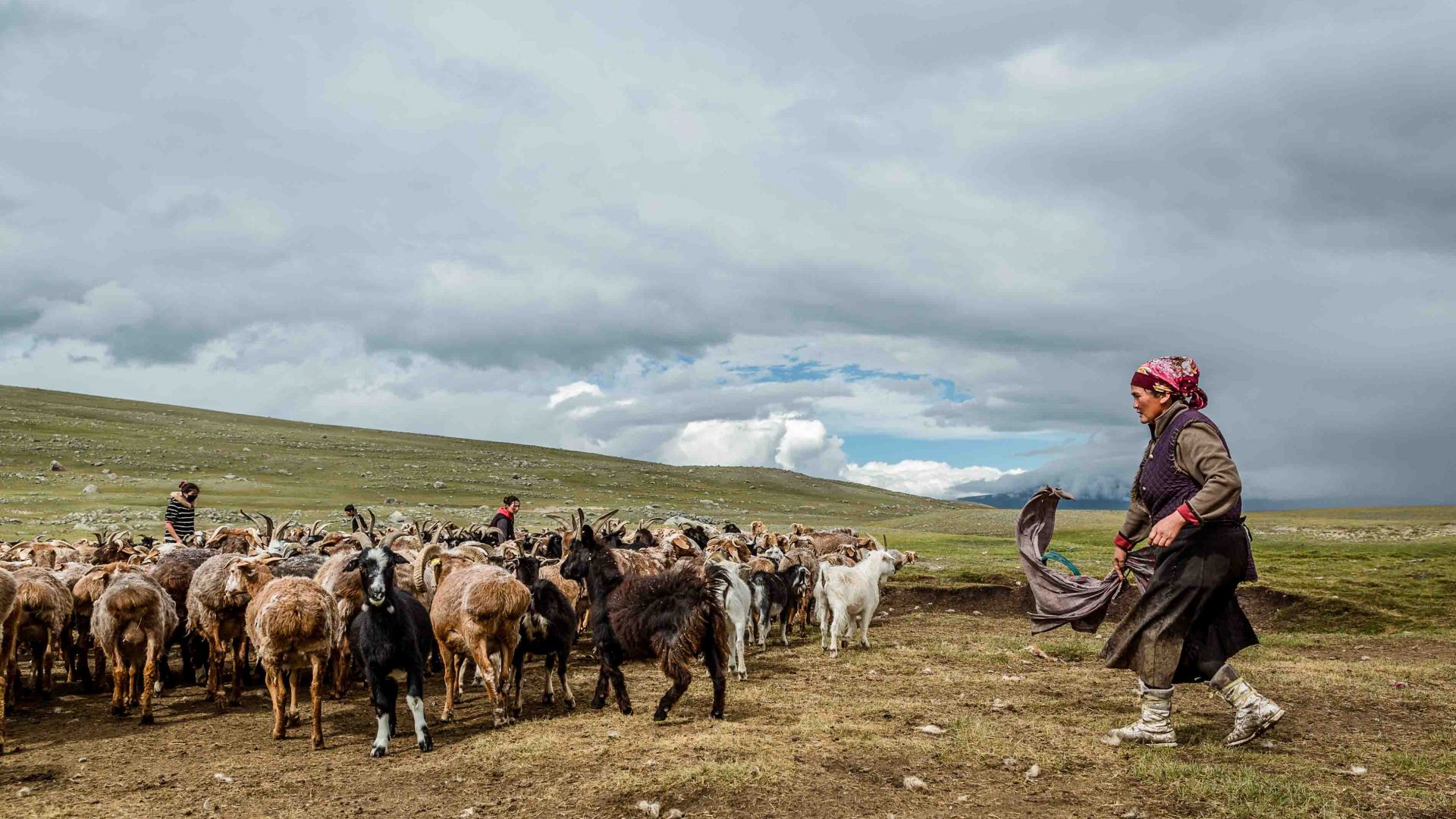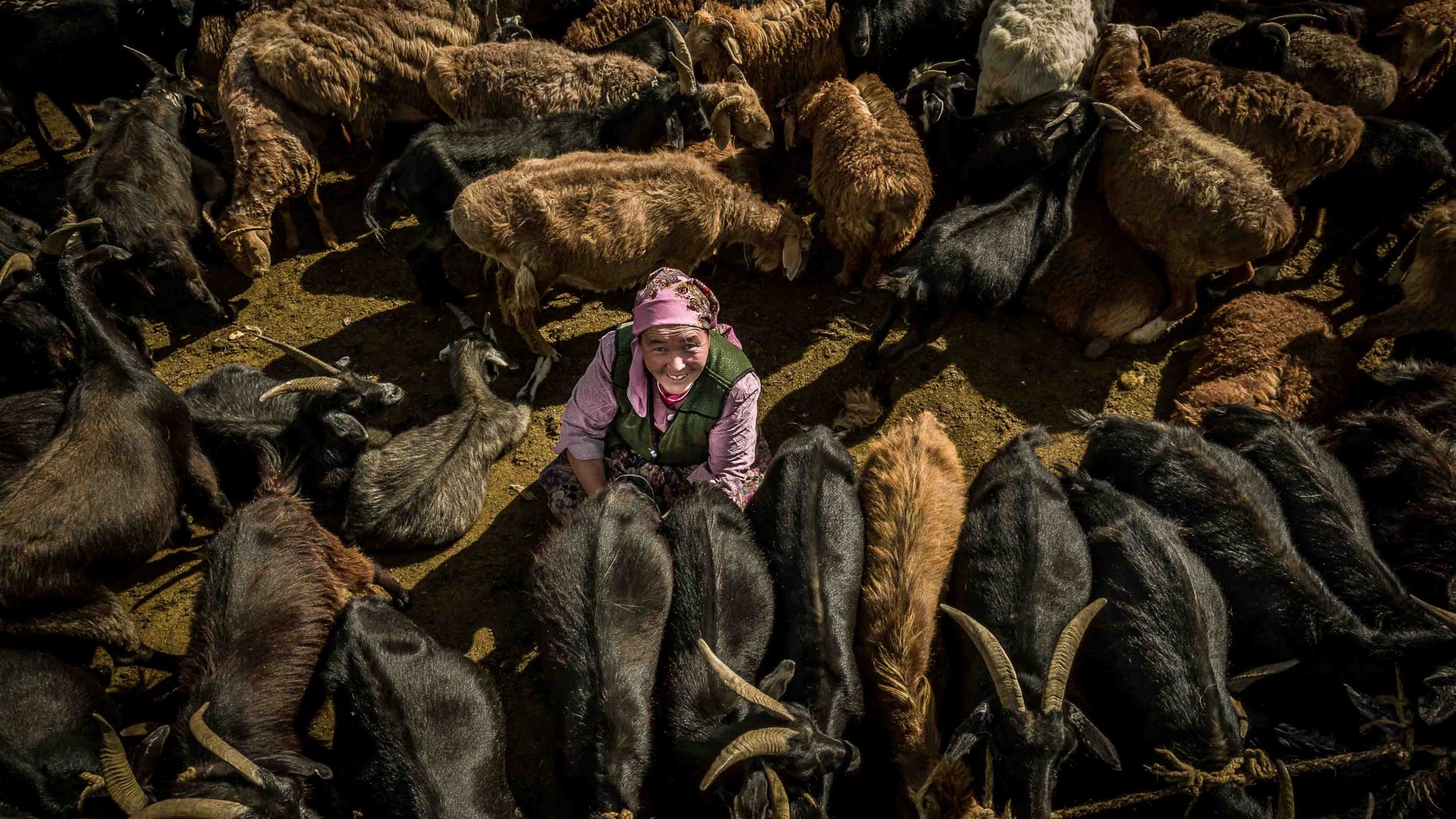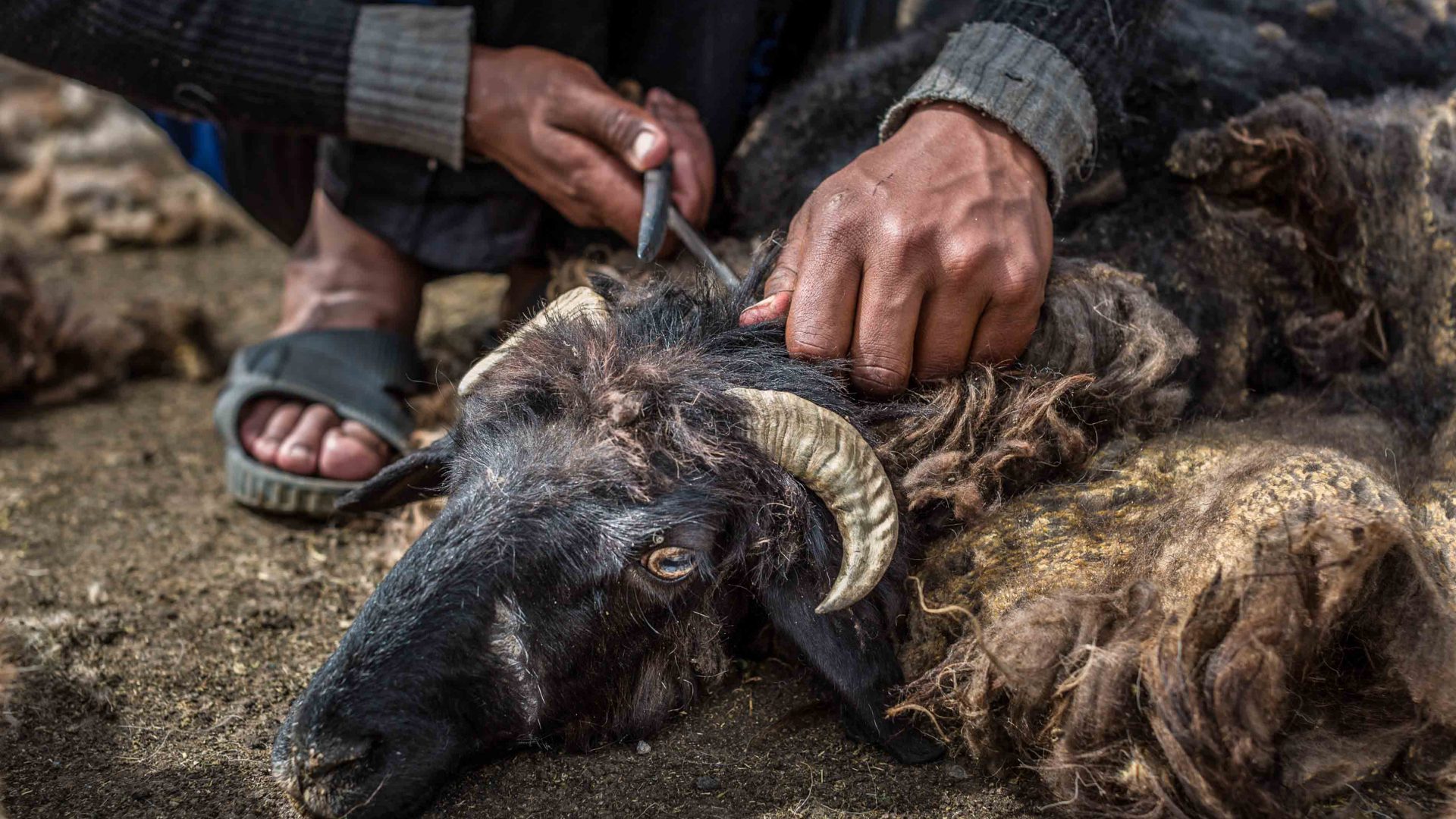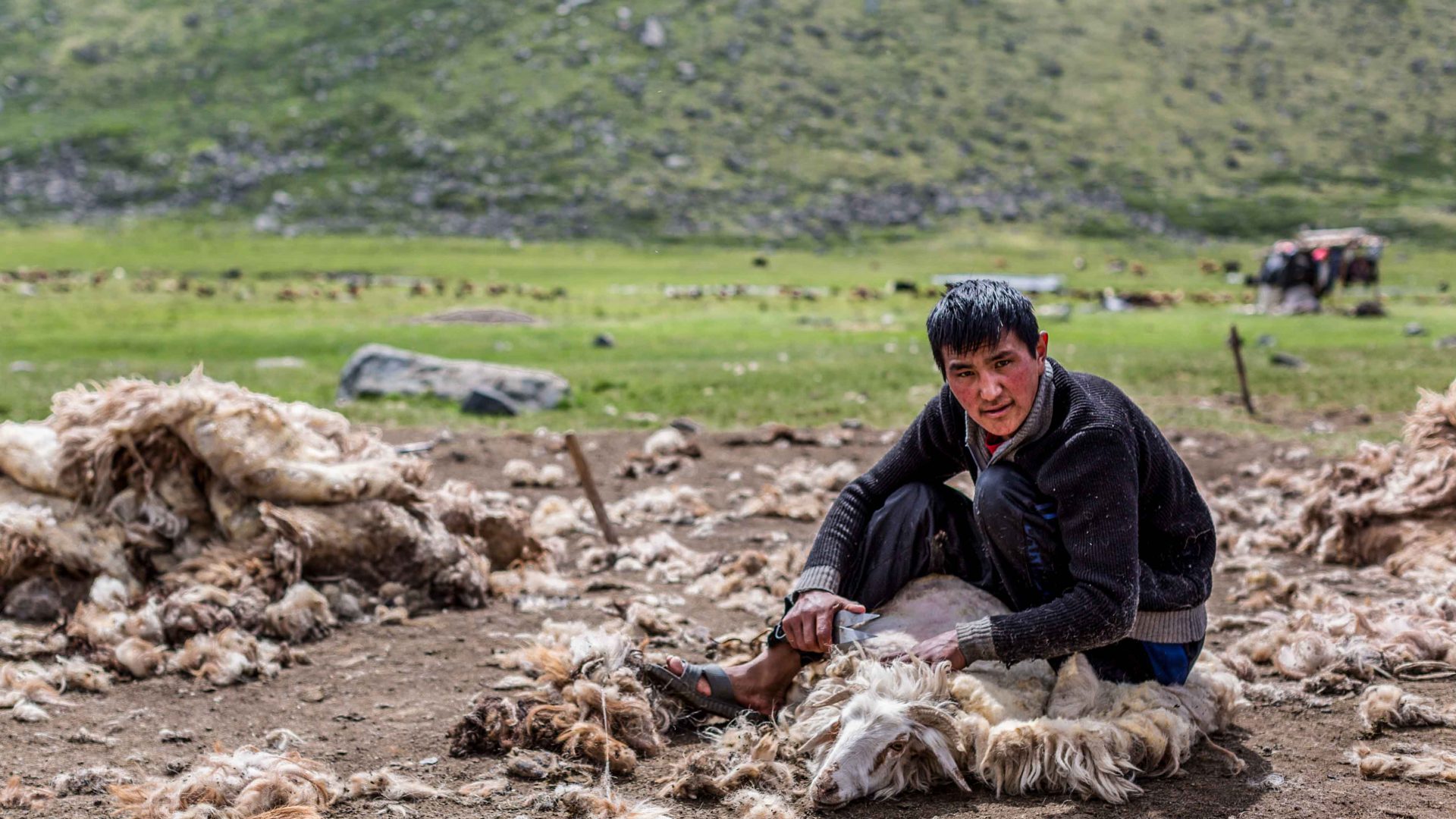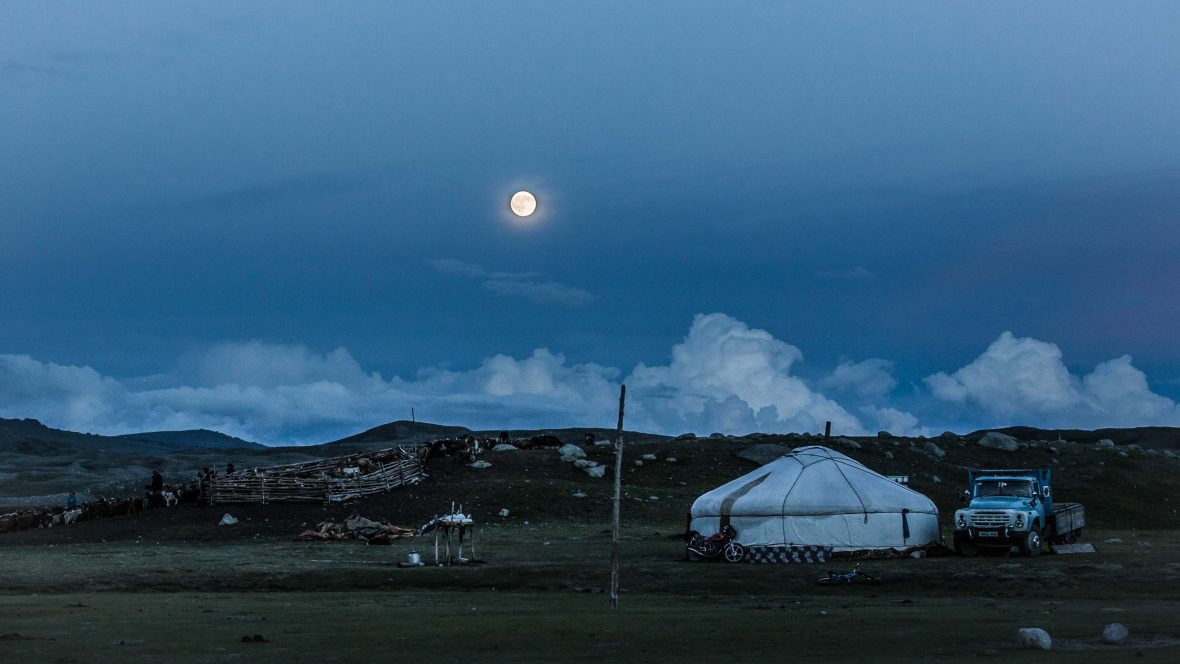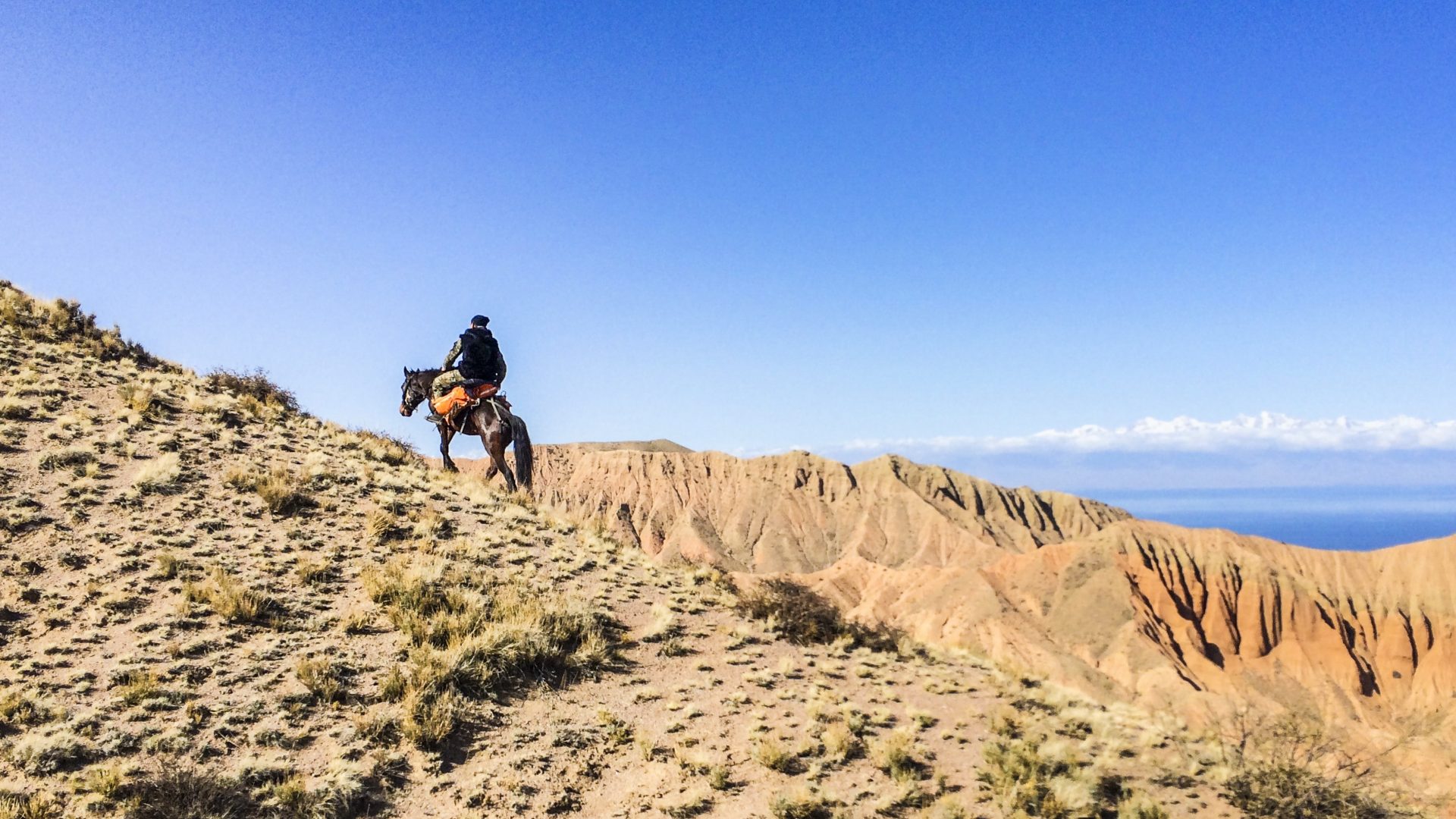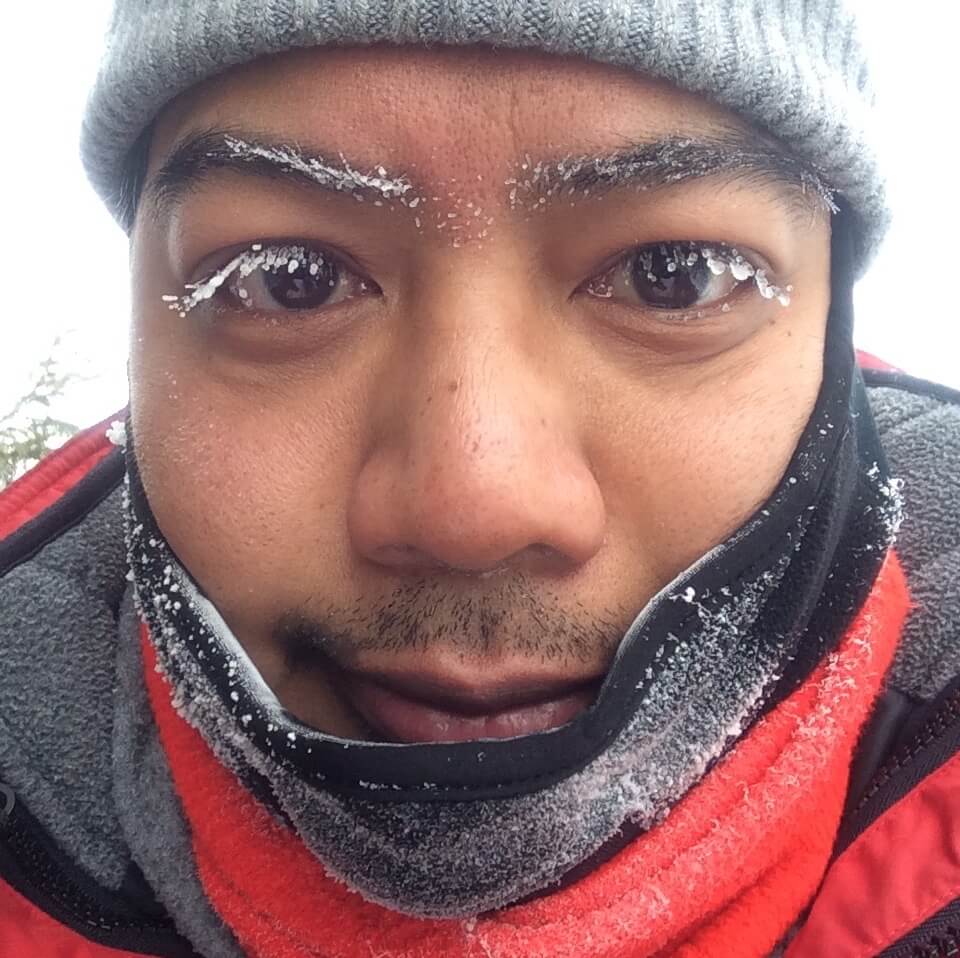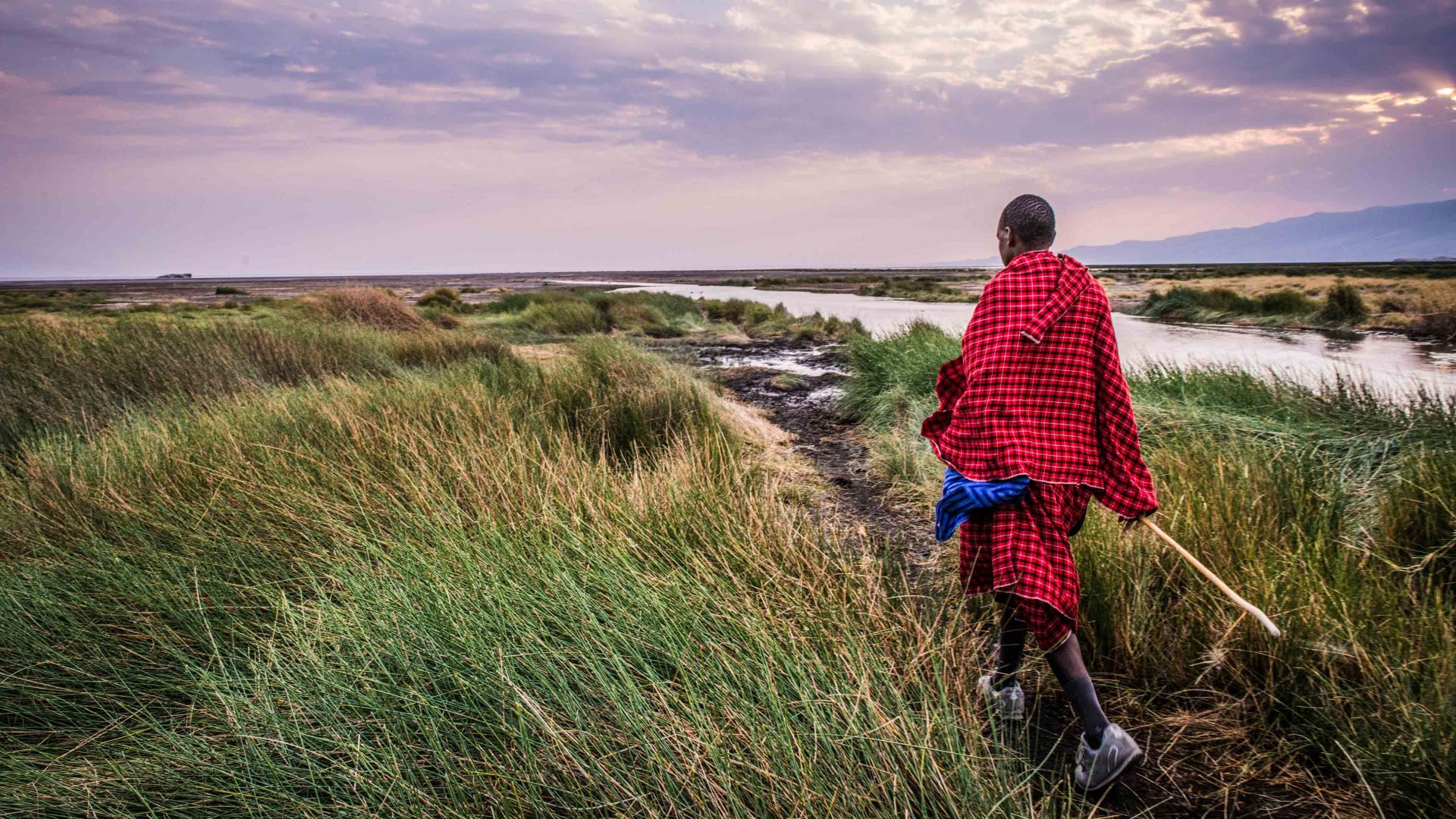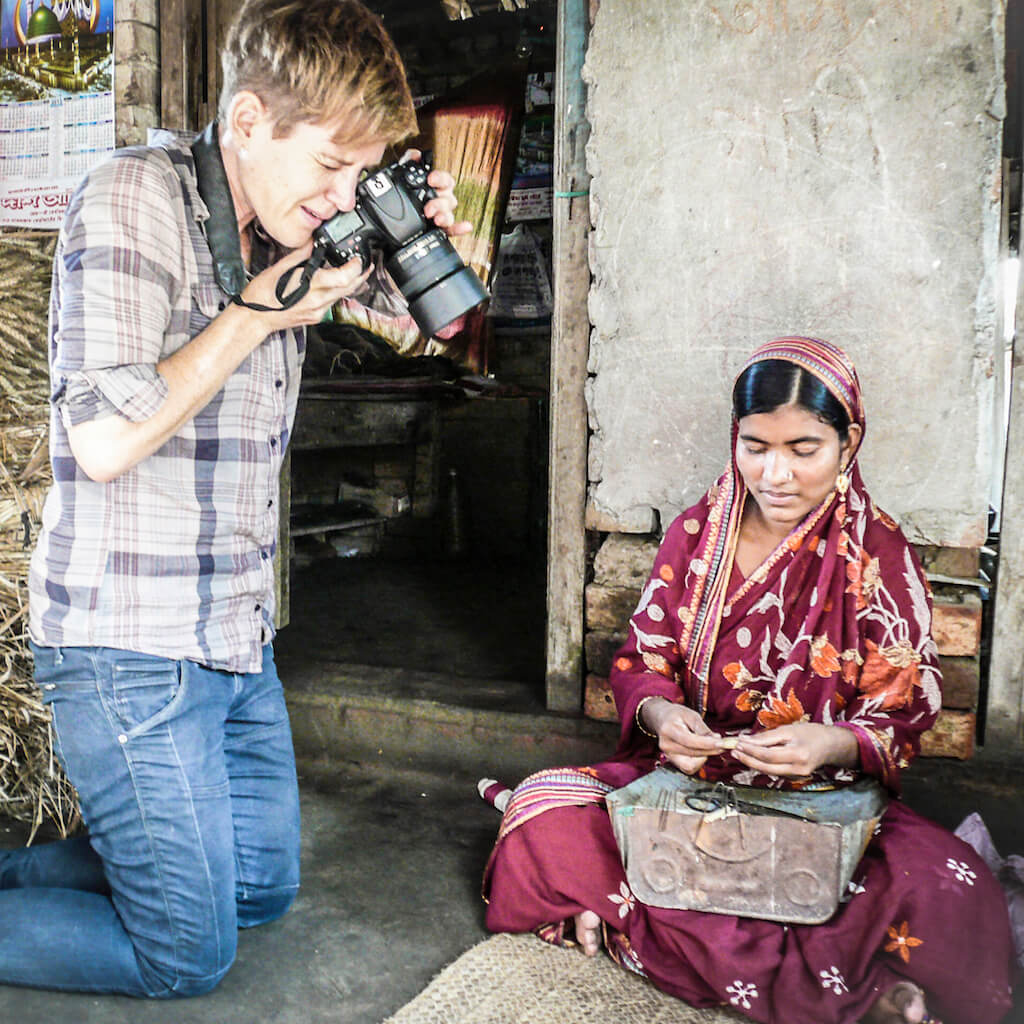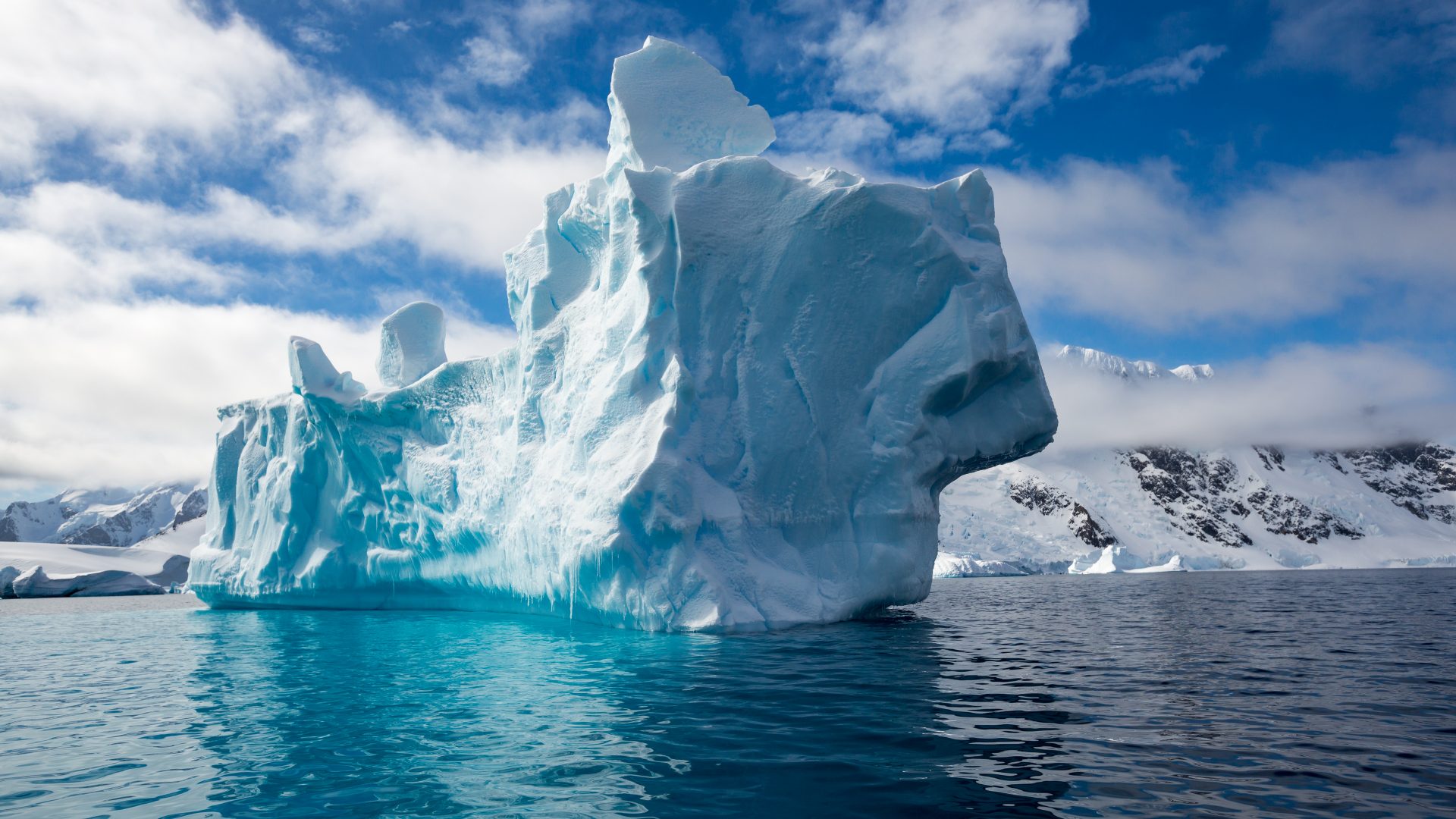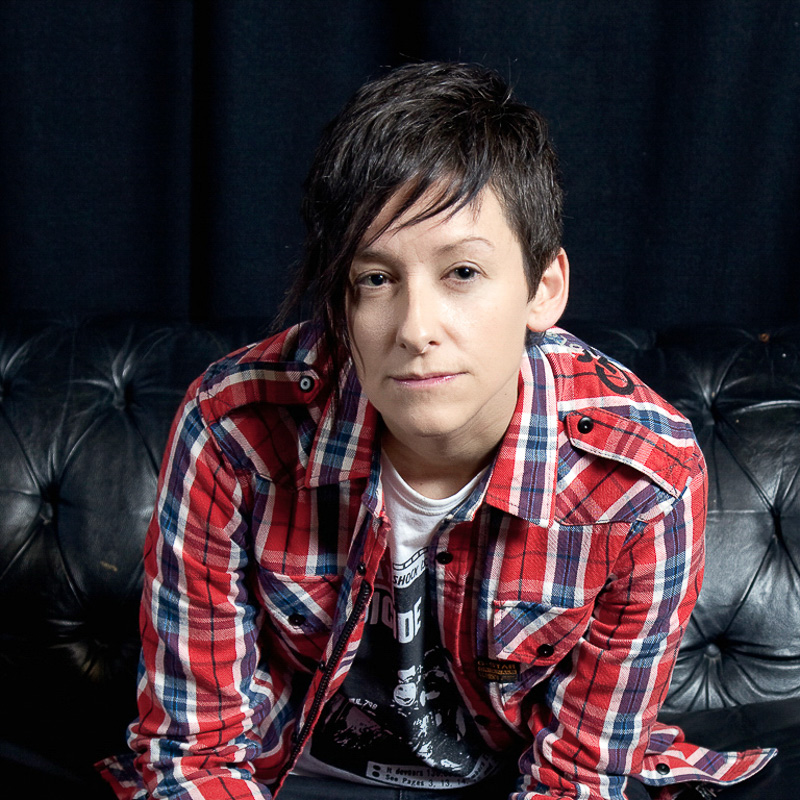The Kazakhs of western Mongolia are one of the world’s last surviving nomadic cultures. From wrestlers as wedding entertainment to bona fide eagle hunters, photographer Susan Portnoy captures a world steeped in tradition and virtually untouched by modern times.
It’s dawn on my first full day in western Mongolia and I am too excited to sleep. I crawl out of my tent, bracing against the morning chill. It’s a gorgeous day. Overhead, ribbons of clouds float against a bright blue sky and all is quiet except for the deep, low roar of a river.
We’re camped in a valley three hours’ drive from the Altai Tavan Bogd National Park where we’ll spend the next two weeks. I’m with Timothy Allen, a renowned British travel photographer and eight other guests. Tim has been here many times before and cultivated lasting friendships with the Kazakh nomads who are going to let us to camp near their summer gers, a type of yurt, meet their families, and photograph their lives.
Wrestlers wearing traditional garb—a turquoise bikini bottom (shuudag), a shrug-like top (shodog) and high boots with curled toes (gutal)—are about to battle it out for a brand-new motorbike, the competition’s grand prize. Second prize is a yak. They introduce themselves to the crowd with a series of choreographed stretches and squats that draw cheers. Two opponents crouch and grab each other by the shoulders, and when the referee gives the signal, they collide. Some matches last a few seconds, others for a few minutes. They all end with one on the ground, defeated.
RELATED: Pro tips for taking responsible photos
I watch as several boys go at it on the sidelines, emulating their heroes in the ring. When the champion is named, there’s a lot of handshakes and back-slapping. He’s a big guy who looks the part. He’s the type who has a dark, brooding resting face, but when he smiles he looks like a different person. His friends and family, and I suspect a few groupies, huddle around him to take pictures and immortalize the moment.
Shohan sits in the dark, except for a shaft of light on his handsome face. He’s a genuine eagle hunter, not one of the posers who go to the festivals trying to impress gullible tourists. He’s wearing a traditional wolf skin coat and fox fur hat, and though it’s dropped as low as 30 degrees at night, it’s summer. It’s too warm for these clothes, but for photographs he graciously obliges.
On his right forearm, protected by a thick leather glove that extends to his elbow, is an enormous golden eagle. It’s much bigger than I imagined. If it were on the ground, its head would reach above my knees. Occasionally it squawks or flaps its wings. Twice it tries to fly away and is foiled by the tether attached to its leg. During Mongolia’s frigid winters, Shohan hunts foxes and wolves with this eagle to make the clothing his family needs to survive. The raptor scans the landscape and when it spots a target, the bird attacks. Shohan, seeing where the eagle landed, moves in and finishes the job.
